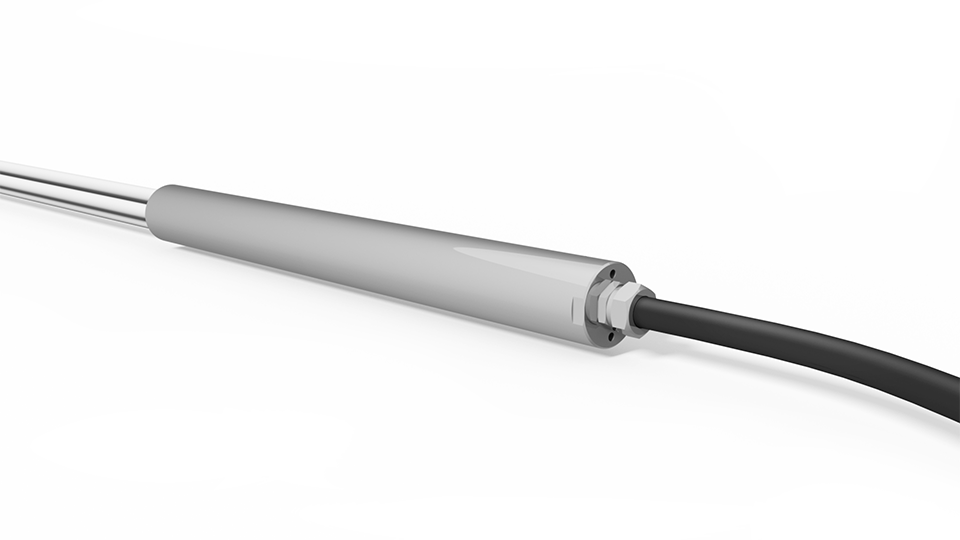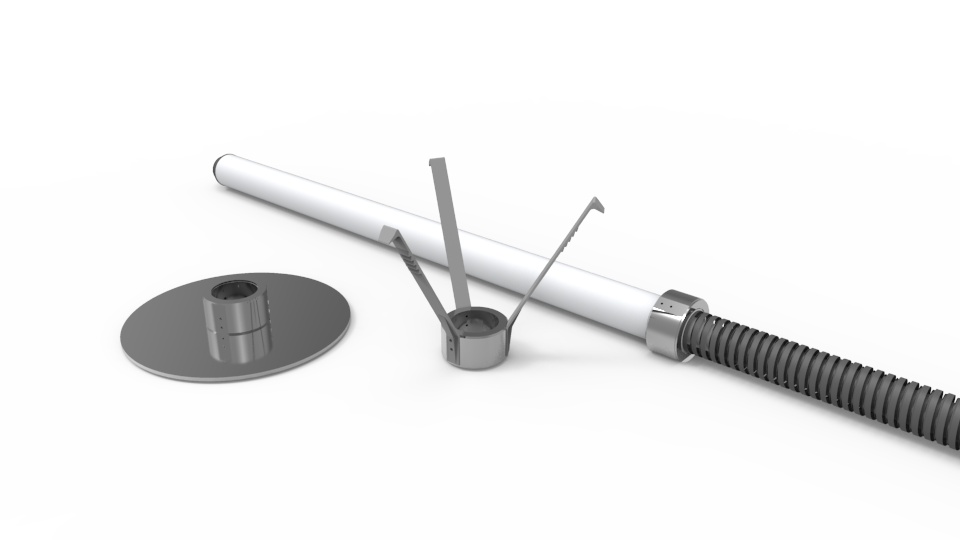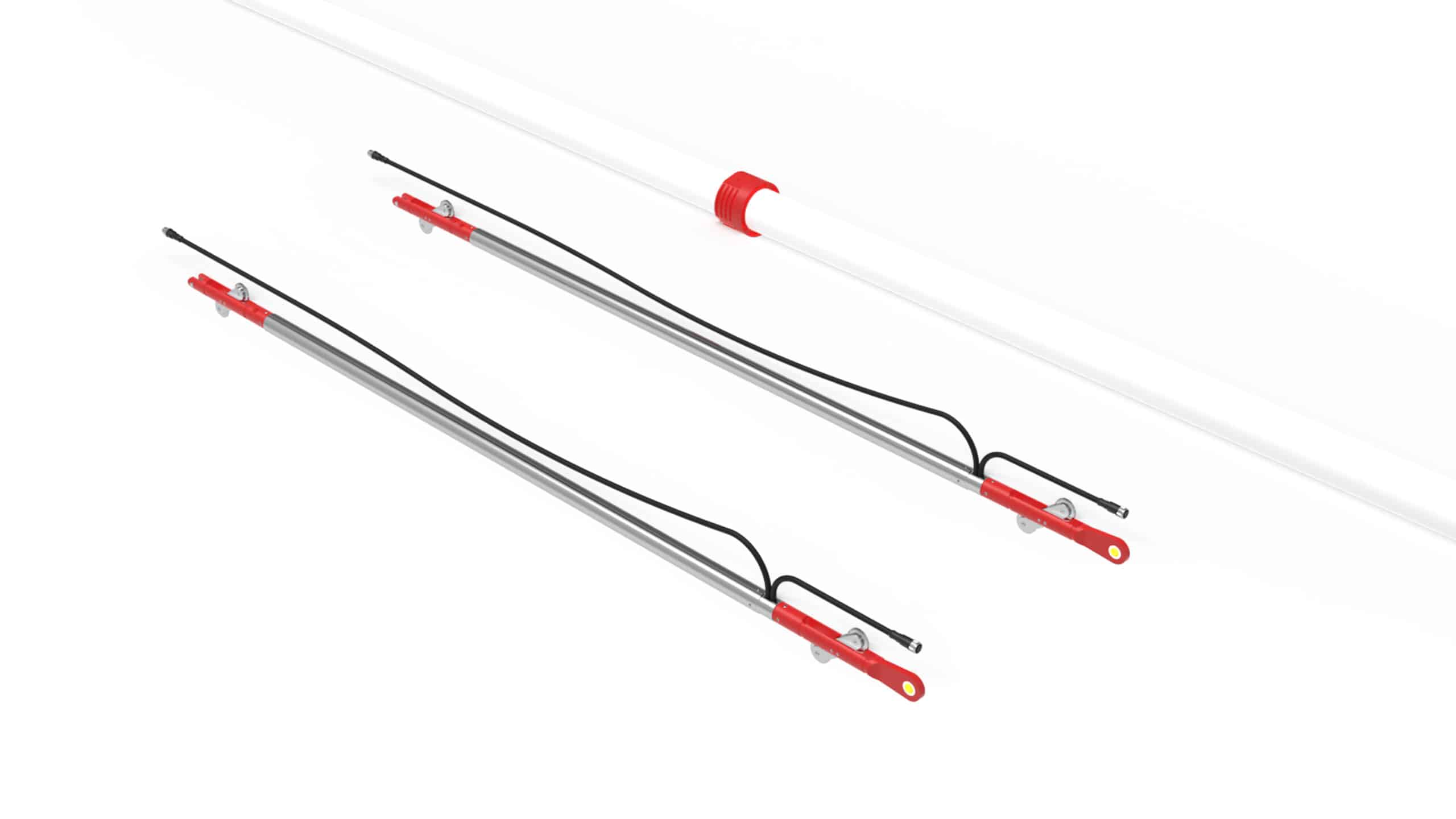MPBX – Mehrfach-Bohrlochextensometer
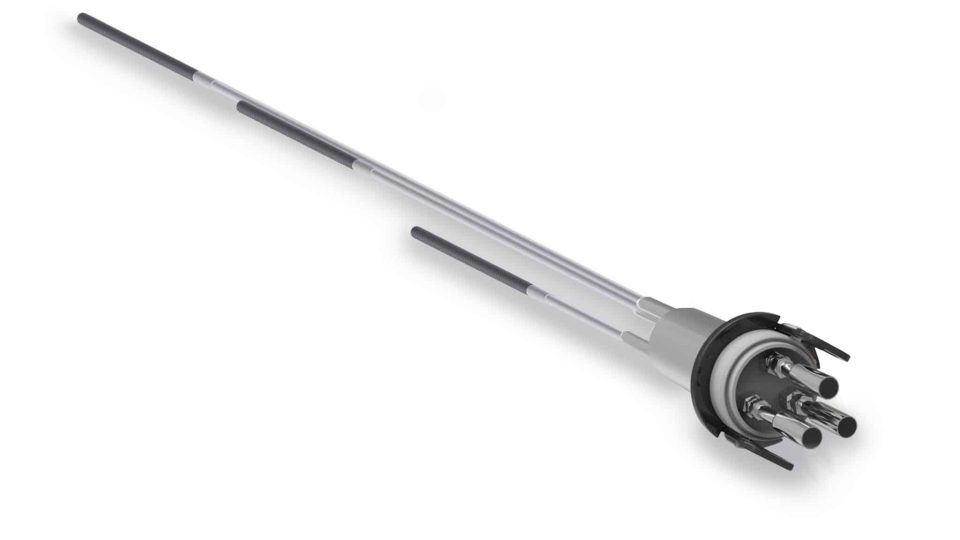
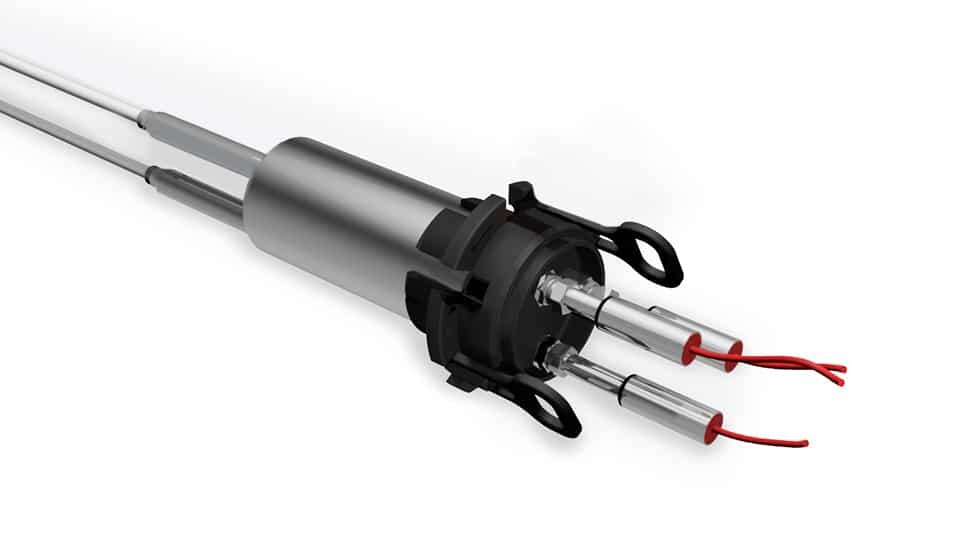
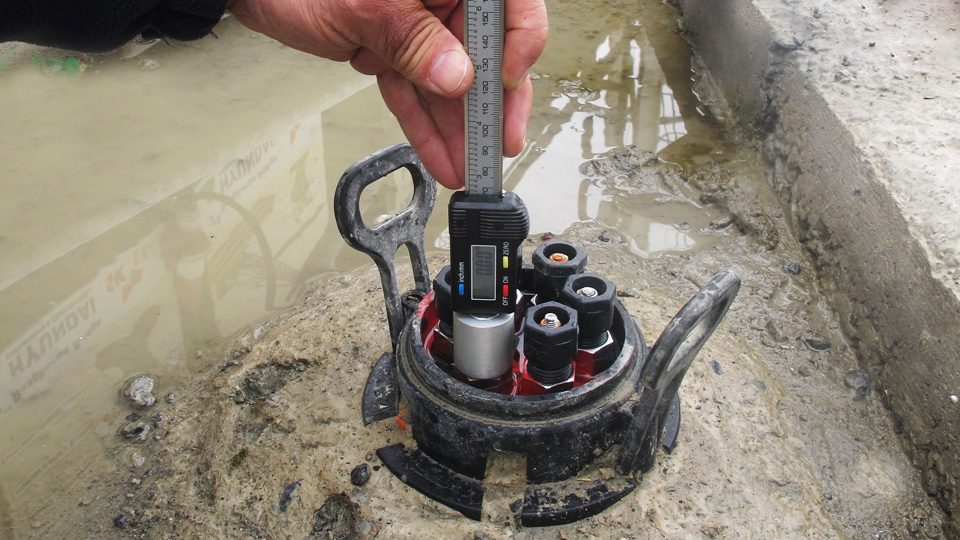
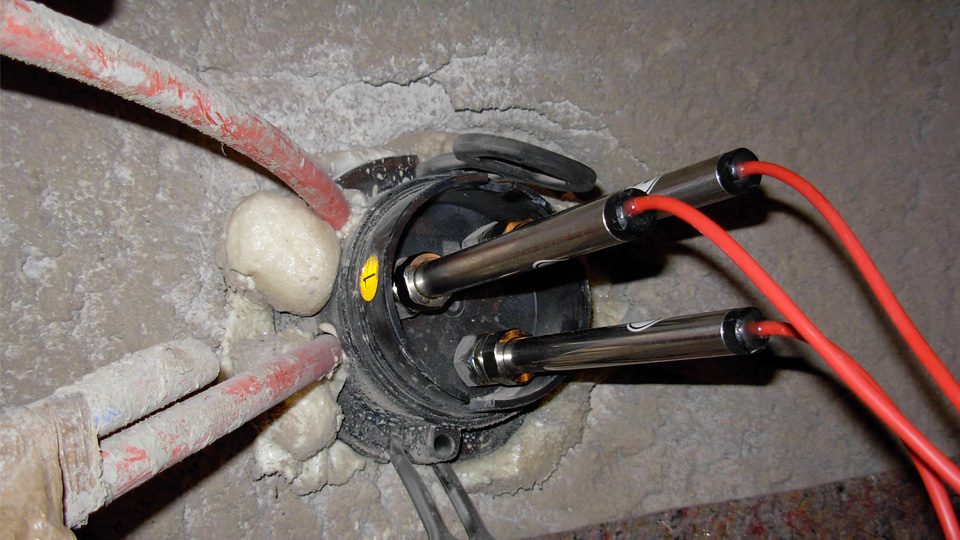
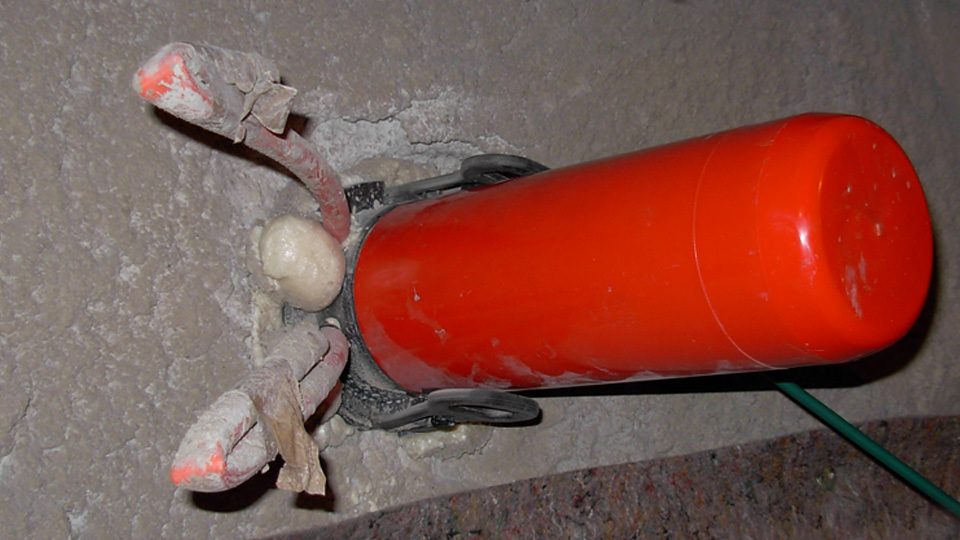


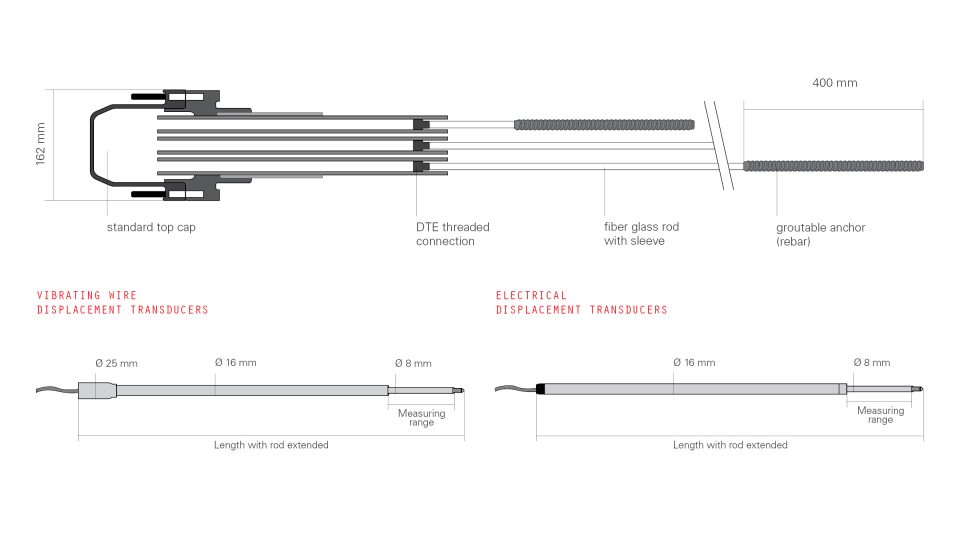
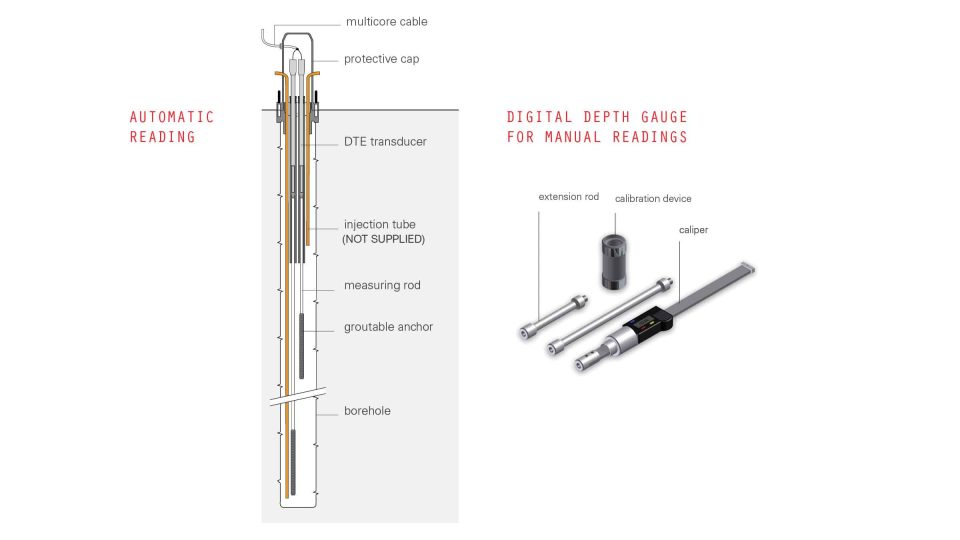
Codes der Referenzprodukte: D222, D221BM, DTE
Bohrloch-Extensometer werden zur axialen Verschiebungsmessung entlang von Messprofilen im Boden und Fels eingesetzt.
Mehrere vormontierte Messgestänge, in einem Hüllrohr geschützt, werden in vorgegebenen Tiefen mittels Ankern versehen und mit dem Extensometer-Messkopf verbunden.
Die vorbereiteten Extensometer werden im Herstellerwerk gerollt und auf die Baustelle transportiert. Dort werden die Extensometer entrollt und in die Bohrung eingeschoben. Durch eine Zementation im Bohrloch erfolgt dann die Verankerung der Extensometer.
Zur Messung der axialen Verschiebungen entlang dem Extensometer wird ein digitaler Messchieber oder es werden, sofern Fernablesungen unter Umständen auch mit automatischer Datenerfassung erforderlich sind, Wegaufnehmer eingesetzt. Es stehen elektrische Wegaufnehmer mit mV/V oder 4-20mA Ausgangssignal sowie Schwingsaiten-Wegaufnehmer zur Verfügung.
A linear potentiometer is a device with a movable slider, usually called wiper, that makes electrical contact along a fixed resistance strip. A regulated DC voltage is applied to the two ends of the resistance strip: the voltage between one end of the strip and the contact point of wiper and strip is measured as the output signal.
Sisgeo instruments that utilize linear the linear potentiometer technology have often a 4-20mA output because electrical (Ampere) signals are more suitable for long distance transmission than tension (Volt) signal.
Vibrating wire transducer is essentially composed by a taut wire clamped at its ends and tensioned so that it is free to vibrate at its natural frequency. The frequency of vibration varies with the wire tension and thus small relative movements between the two end clamps.
With VW transducers frequencies rather than voltage levels are measured, so a dedicated readout/datalogger must be used to measure the resonant frequency. These ones excites the VW transducer, measures the response, performs some calculations on the response, and returns the result.
SISGEO VW transducer uses ‚pluck and read‘ method and not ‚auto resonant‘ method; when the readout/datalogger plucks the wire a magnetic attraction is created to the coil and the wire start to vibrate and it causes an alternating voltage of the same frequency of the natural frequency of the wire; the voltage signal is transmitted on the cable and read from the readout/datalogger.
VW transducers have a reputation for long expected life and long-term stability.
Messen Mit
Fragen
zu diesem
produkt?
zu diesem
produkt?
Mehr erfahren
Datenblatt
Handbuch
Datenverarbeitung
Faq
Fragen
zu diesem
produkt?
zu diesem
produkt?
Mehr erfahren
Datenblatt
Handbuch
Datenverarbeitung
Faq




